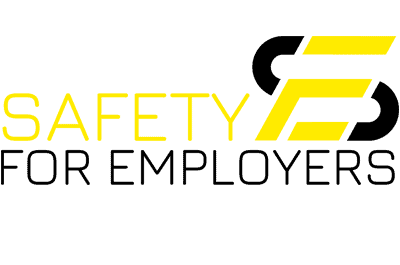Businesses in England, will find themselves dealing with a national lockdown until early December. Those classed as ‘non-essential’ are told to close. Some organisations, will be able to continue working but with a reduction of activities, partial closures, and reduced-staffing. However, everyone will need to plan for the restart post-lockdown.
Everyone will need to reassure returning employees they are COVID safe at work. The main workplace health and safety messages remain – assess risks, apply controls and keep communicating!
Risk Assessment - Review your COVID-19 risk assessment and include any additional measures to prevent the transmission of the Coronavirus. Explain controls with employees by arranging Q&A sessions.
Include response procedures if a COVID positive case occurs or someone displaying symptoms. Explain how existing emergency plans may have changed, e.g. fire alarm - everyone must use their nearest emergency route to safety but employees follow social distancing rules at the assembly point.
Social Distancing - 2m where possible – where this cannot be achieved, 1m between people with measures such as screens, hand sanitiser and PPE. Floor markings, segregated areas and signs.
Good Hygiene and Cleaning - Frequent handwashing with hot water and soap, plus sanitiser and anti-bacterial wipes in between washing. Cleaning ‘contact-points’, door handles, switches, buttons, etc. Extra cleaning measures on top of your usual cleaning regime.
Information & Consultation - Use posters and signs that are clear and to the point, displayed in areas where they are easily seen.
Use regular briefings to update employees about any changes to control measures. Encourage discussion, aim to find better ways to reduce accidental transmission. Explore challenges to current controls and ask for solutions.
Protect your personnel - Consider travel arrangements, encourage lone travel or ‘bubble’ options.
Working at home may impact someone’s mental wellbeing. Assess their new environment and encourage frequent communication.
Assess lone working activities, e.g. checking work premises alone or acting on a security alarm. Employees working alone because of staggered shifts and reduced teams. Adopt buddy systems so a lone worker is regularly in contact someone who knows what to do should they fail to make contact by an agreed time. Plan and agree an alarm-response.
Employers must not encourage someone who is self-isolating to return to work.
Statutory Inspections – Keep plant and machinery safe and in good working order
Display QR Code for Track and Trace systems and Covid-Secure Working Poster.
https://www.gov.uk/coronavirus gives guidance to workers in different sectors, your business associations may also offer further guidance.












Latest News